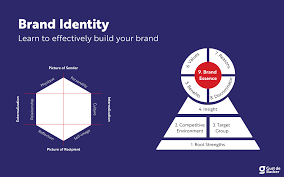Boiling Waterproof Plywood vs. Marine Plywood: Which is Better?
When it comes to choosing the right type of plywood for your projects, understanding the differences between boiling waterproof plywood and marine plywood is crucial. Both types offer exceptional water resistance, but they cater to different needs and applications. This blog will explore their characteristics, uses, and help you determine which is better suited for your requirements.
What is Boiling Waterproof Plywood?
Boiling waterproof plywood (BWP) is a high-grade plywood designed to withstand extreme moisture conditions. It is manufactured using phenol-formaldehyde adhesive, which provides superior bonding strength and ensures that the plywood can endure prolonged exposure to boiling water without delaminating. According to Indian standards, BWP plywood can withstand up to 72 hours of boiling water, making it ideal for environments where water exposure is frequent.
What is Marine Plywood?
Marine plywood is often synonymous with boiling waterproof plywood, but it typically refers to a specific grade that meets higher standards for water resistance and durability. Like BWP, marine plywood is constructed with waterproof adhesives and high-quality veneers, often made from hardwoods like teak or mahogany. Its design allows it to withstand harsh marine conditions, making it suitable for boat construction and outdoor furniture.
Comparative Analysis
1. Water Resistance
| Feature | Boiling Waterproof Plywood | Marine Plywood |
| Water Resistance | Can withstand 72 hours of boiling water | Superior resistance to continuous water exposure |
| Ideal Use | Kitchens, bathrooms, and areas with high humidity | Marine applications, outdoor furniture, and extreme moisture environments |
2. Durability
| Feature | Boiling Waterproof Plywood | Marine Plywood |
| Durability | High durability against moisture-related damage | Extremely durable; designed for harsh conditions |
| Lifespan | Long-lasting with proper care | Very long-lasting; often outlasts other types |
3. Cost
| Feature | Boiling Waterproof Plywood | Marine Plywood |
| Cost | Generally more affordable than marine plywood | Typically more expensive due to higher quality materials |
4. Applications
- Boiling Waterproof Plywood: Best suited for indoor applications where moisture exposure occurs occasionally, such as kitchen cabinets and bathroom furniture.
- Marine Plywood: Specifically designed for outdoor use or marine environments where constant moisture contact is expected, such as boats and outdoor decking.
Conclusion
Choosing between boiling waterproof plywood and marine plywood ultimately depends on your specific needs. If your project involves regular exposure to moisture but not constant water contact, BWP may be the more cost-effective option that provides excellent durability. However, if you’re working on a project that requires maximum water resistance and strength in harsh conditions—like marine construction or outdoor furniture—marine plywood stands out as the superior choice.
Both types of plywood have their unique advantages, ensuring that you can find the right material for any application. Understanding these differences will help you make an informed decision that aligns with your project’s requirements while ensuring longevity and performance.

